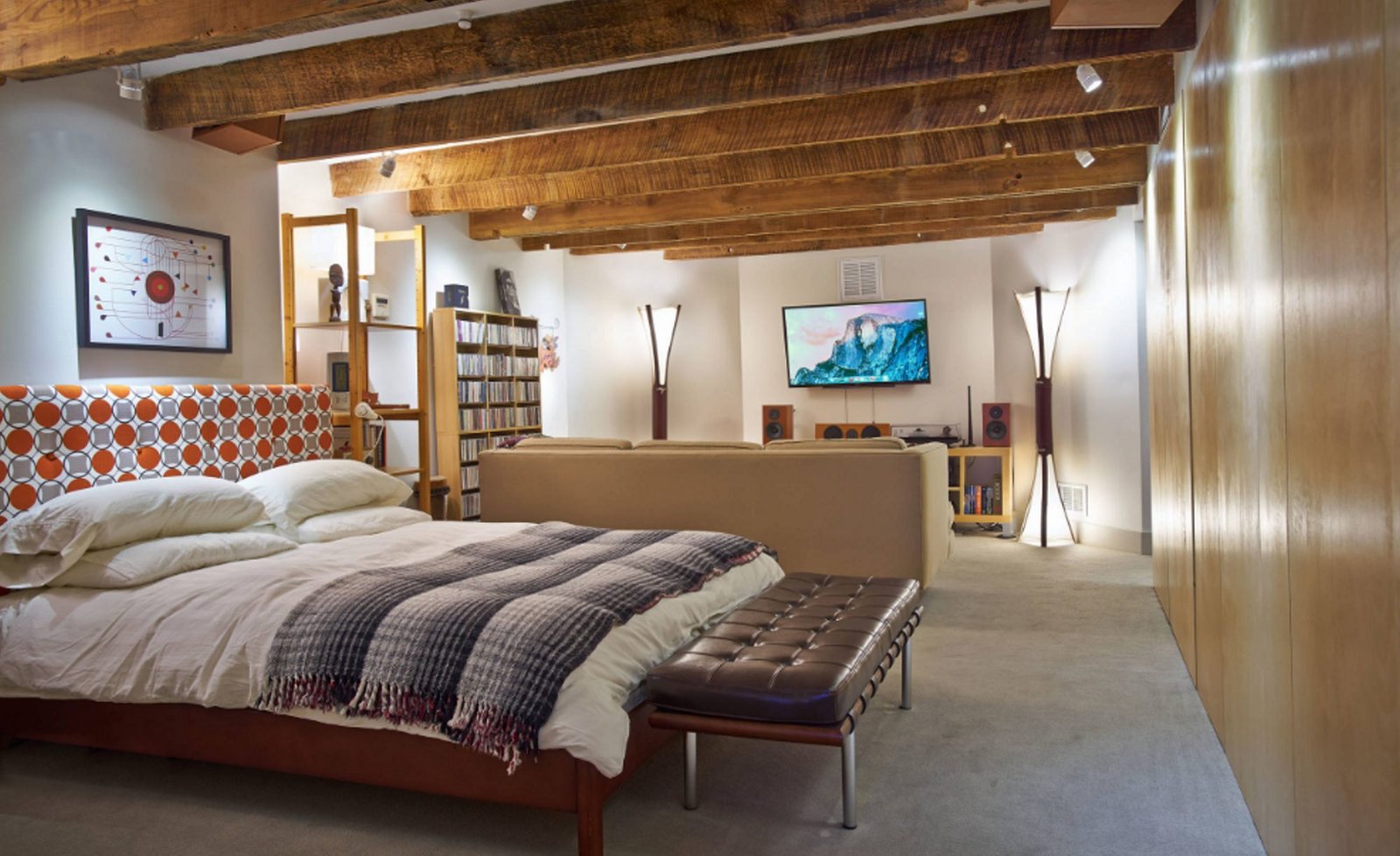Finishing a house basement properly is quite tricky and standard and common residential construction practices are not really suited to this kind of job.
Unfortunately, the trapped moisture inside the walls is pretty common and people don’t see the condensation because these basement walls are covered.
This means that even after the installation of drywall the condensation behind the vapour barrier, which is usually installed on the interior face of the studs, won’t stop completely. It could be significantly reduced but most certainly, not total eliminated.
And over time, unfortunately, the moisture trapped in the basement walls will lead to mildew. Conditions will be extremely favorable for mold growth, which will make your basement have a musty smell that will actually affect your whole house.

By Gold Coast Flood Restorations Santee – See more Home Design Photos
In fact, the primary source of the moisture that is trapped inside of your basement walls, is caused by the humidity that migrates inside from outside through the basement masonry walls, and is not caused by the inside home humidity. The insulation (any kind would be) has virtually no resistance and in fact, is permeable to moisture. Therefore, the humidity remains trapped inside the walls beneath the vapour barrier turning into condensation, without the knowledge of the house owner.
When you will feel that specific musty smell, it will be too late. Mold is already present within the cavities of your basement walls.
How to Prevent Basement Wall Condensation
The best “prevention” is actually a well-executed construction from the beginning. The correct execution of a building basement requires applying a waterproofing compound on the basement masonry walls, and only after that to apply the insulation, preferably closed-cell insulation, which is impermeable. So, the waterproof membrane will stop the most part of the humidity to penetrate through the masonry wall and the insulation will block the remaining moisture that somehow have passed through waterproofing.
Unfortunately, if the basement is already built and the drywall installed on the framing inside side you have basically, no viable option, or at least some that are quite expensive.
A French drain outside of the masonry walls may be useful taking over much of the rainwater that might otherwise penetrate inside.
Another solution and in fact, the best solution is take the drywall down, to replace the fiber batt insulation with closed-cell foam insulation, to dig along the walls and then to apply the waterproof compound.
More economically but not as much effective is to remove the drywall, the fiber insulation and the vapor barrier and to coat the walls behind and between studs to waterproof them and then to apply the foam insulation.
Brick House – Exterior Painting Tips | How To Build A House (howtobuildahouseblog.com)


